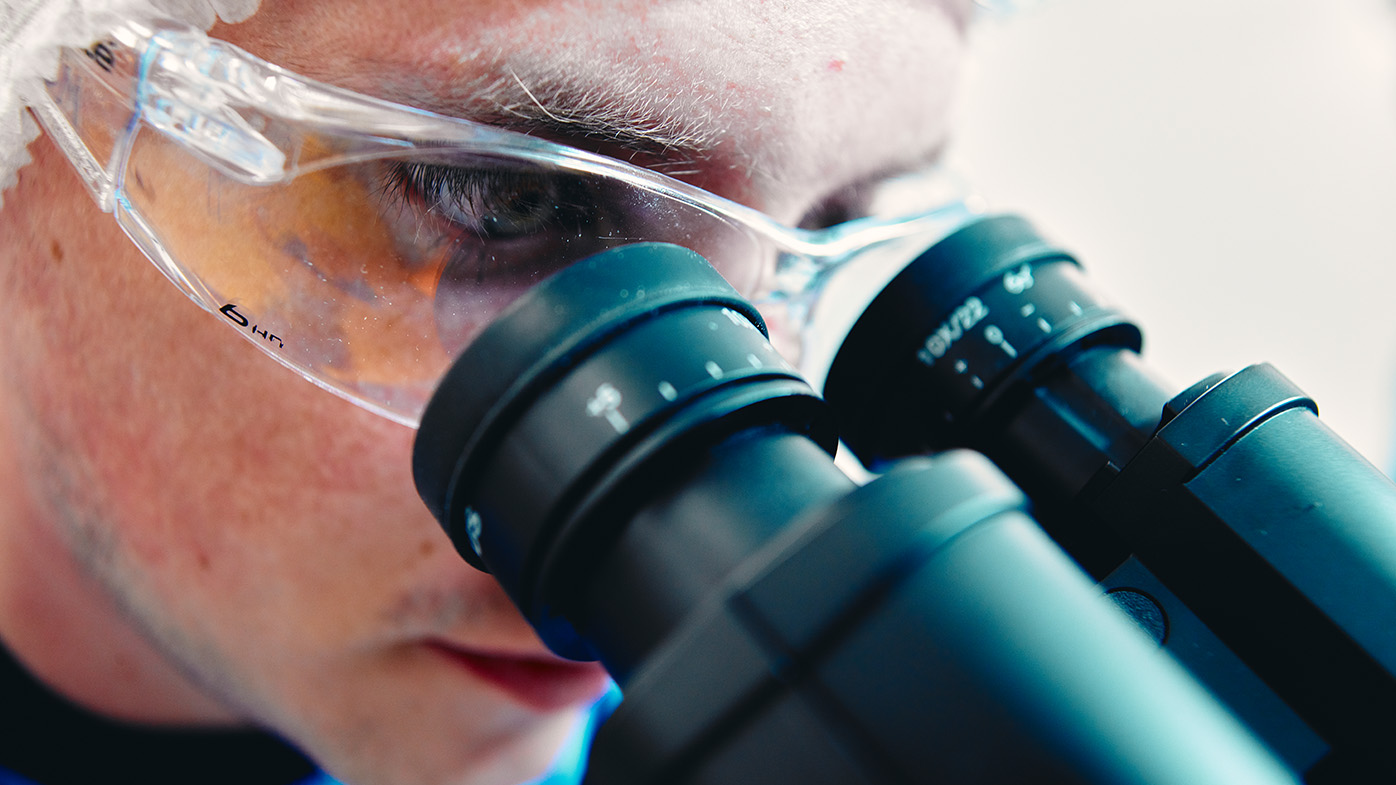
Samit Hirawat, M.D., Chief Medical Officer, Global Drug Development
While many of our jobs can be done productively and fully from home, one area of our business that has been impacted due to COVID-19 is our clinical trials. Early in the crisis, we were one of the first companies to proactively outline guidelines and principles on the conduct of our clinical trials in light of COVID-19 for our study investigators. This included putting some activities on hold to align with local and federal government rules as well as global health authority guidelines for factors like patient travel. It was also to help give healthcare providers the ability to focus on community needs related to COVID-19. Our goal was, and continues to be, to protect the safety of patients in our studies as well as of our employees and staff at clinical trial sites, while also ensuring regulatory compliance and the scientific integrity of our trial data.
We have been rapidly learning and adapting to the realities of conducting clinical trials in this new normal, as a company and as an industry, because serious diseases continue to impact patients around the world every day. We must continue to advance science – whether it’s related to COVID-19, cancer, heart failure, multiple sclerosis, or other serious diseases – in order to find new, effective and safe medicines.
A shifting approach
Clinical trials look fundamentally different in the COVID-19 environment. We’ve further embraced technology across the trial continuum, tweaking processes and adjusting the way we work with regulatory agencies, in order to ensure clinical trial research continues in a safe manner, resulting in high-integrity, replicable data. For example, we have adapted our processes to support remote viewing of consented electronic medical records – the patient chart – for data verification activities, if allowed by the site and by government regulation, while maintaining patient confidentiality.
We’ve also enabled telemedicine visits with physicians and tried to reduce the need for patients to go into a hospital or a clinical trial site as much as possible. This includes creating interim procedures for patients to avoid needing to go to large, university hospital centers for imaging and lab work in favor of local radiologists and clinics. We are also working to ship trial medications directly to the patient’s home, when possible.
Of course, there are hurdles. In some areas of the world, technology is less well-developed, and we are constantly working with our IT and regulatory partners to ensure the privacy of our patients and security of this data remains intact. It's not a simple process, but it is a necessary one.
As we look to the future, longer-term measures such as the exploration of cloud-based data submissions to health authorities may benefit the clinical trial process. We’re also seeing greater impetus to allow other data sources for evidence generation and, ultimately, the potential approval of drugs or new indications. Typically, we generate clinical evidence based on randomized, double-blind, controlled trials – and to be clear, this remains the gold standard. But, shared control arms, historical clinical data and real-world data are all significant sources that may be applied more broadly, helping us to increase efficiency, in addition to physical safety, in the clinical trial process moving forward.
This shifting approach to clinical trials is only possible through constant communication, flexibility and collaboration. Our local staff in each trial country are checking in with investigators around the world each week to discuss the unique circumstances each healthcare system is facing, and to understand how we can best support them.
If there is a silver lining in all of this as it relates to the conduct of clinical trials, perhaps it is the industry’s willingness to accelerate the adoption of technology solutions and a heightened appreciation for collaboration.


